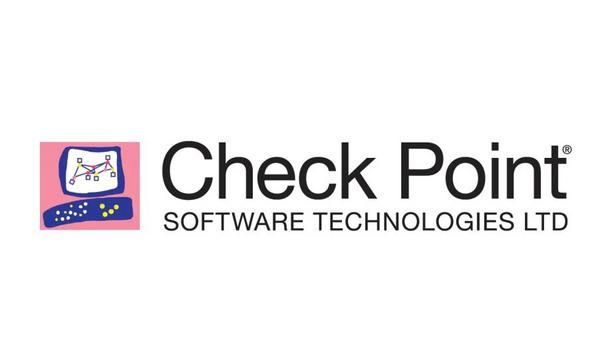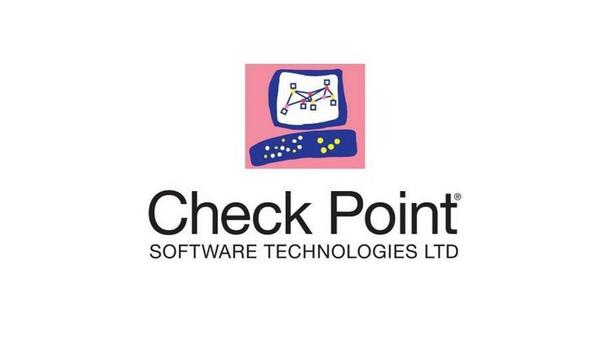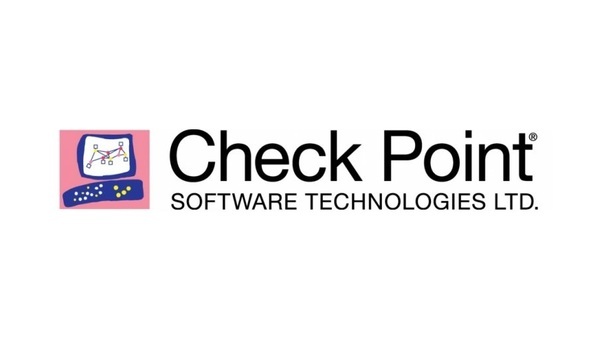Lotem Finkelsteen

Lotem Finkelsteen
Group Manager of Threat Intelligence, Check Point Software Technologies IncLotem Finkelsteen is currently working in the capacity of Group Manager of Threat Intelligence at Check Point Software Technologies. He has previously worked as a Teaching Assistant at Ben-Gurion University and as a Military Intelligence Officer for the Israeli Defense Forces. Lotem is an alumnus of the prestigious Ben-Gurion University.
News mentions
Check Point Research (CPR) reports that since the recently disclosed vulnerabilities on Microsoft Exchange Servers, a race has started between hackers and security professionals. CPR is seeing hundre...
Security researchers at Check Point have unraveled a six-year, ongoing surveillance operation apparently run by Iran-based threat actors against regime dissidents. Going back as far as 2014, the atta...
Researchers at Check Point have identified a growing trend for a new ransom-ware tactic. In what researchers call “double extortion,” the new tactic involves threat actors adding an additi...






































